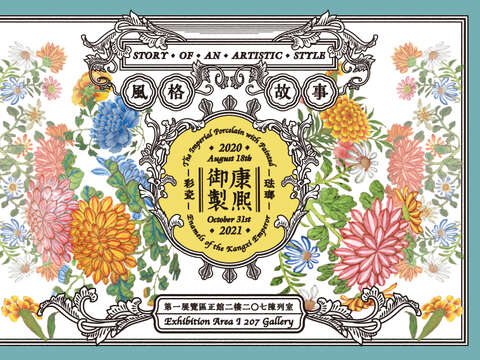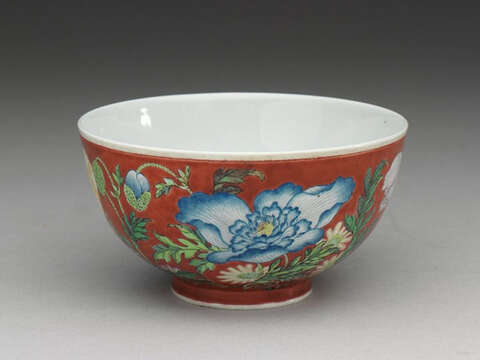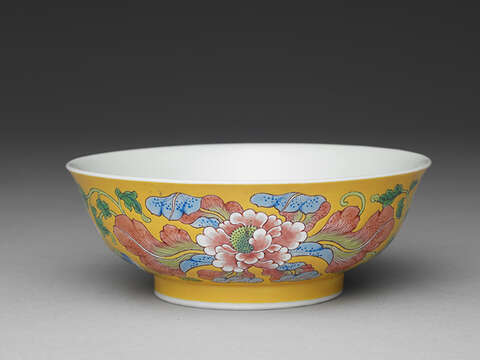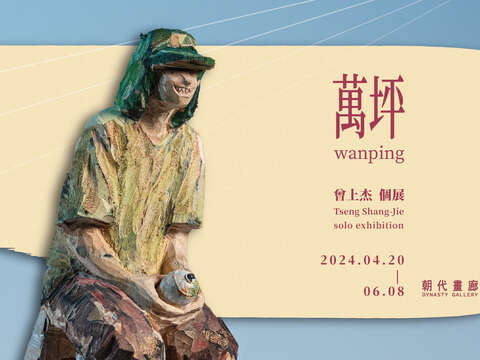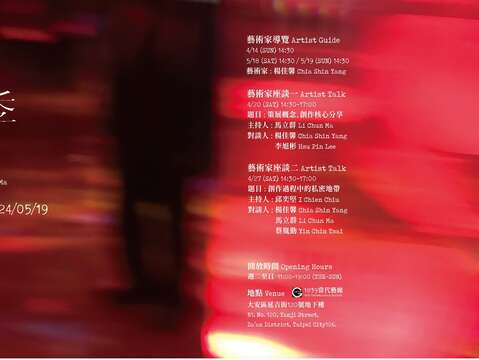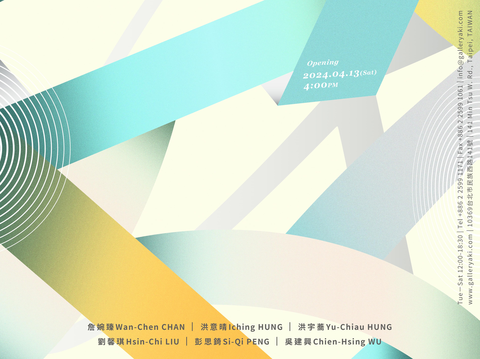Post date:2021-08-31
Updates:2021-08-31
1010
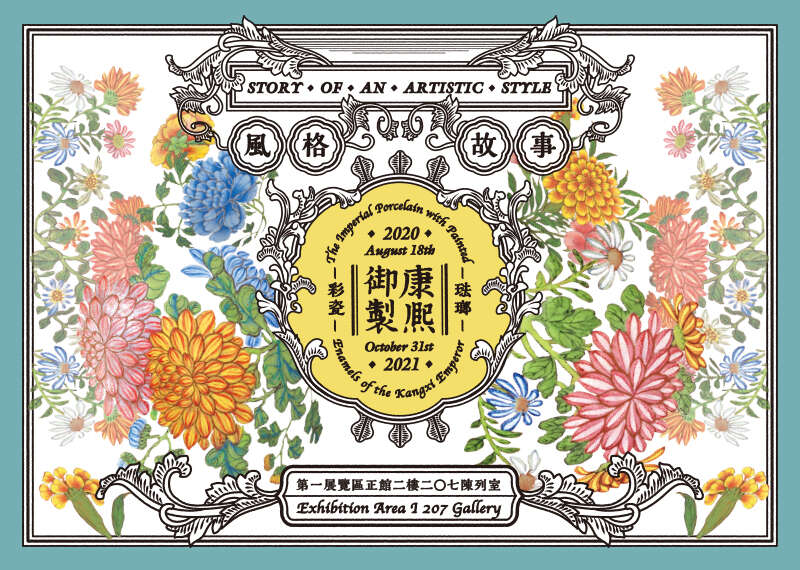
- Event Time
- 2020-08-18~2021-10-31
- Event Location
- No.221, Sec. 2, Zhishan Rd, Shilin Dist., Taipei City Taiwan, R.O.C
Dates: 2020-08-18~2021-10-31
Gallery: (Northern Branch) Exhibition Area I 207
Western world in the 18th century had been undergoing the wave of the Enlightenment Age. The urge to pursue scientific facts and knowledge also influenced the changes in artistic expressions. Under the Western influences, the Kangxi Emperor (reign year: 1662-1722) of the Great Qing had finally met with the five missionaries who came from France and held the title of the "King's Mathematicians" in the late 17th century. As the result of communications between the emperor and the missionaries, the influences occurred in the creations and development of crafts from the Qing's imperial workshops. The craft of painted enamels that continued throughout the three reigns of Kangxi, Yongzheng, and Qianlong (1662-1795) was a part of this scenario.
Porcelain with painted enamels is one of the expressions under the category of painted enamels. Pieces take porcelain as the base material, following by the polychrome decorations painted with enamel pigments, and the final works are completed after firings in the kilns. This craft was originated from the Kangxi reign, and most of the pieces were marked with "Yuzhi 御製 (Imperial production)". The word "Yu 御" indicates the emperor's belongings, and also echoes the context that pieces were made under the emperor’s leadership, thus further highlights the royal appraisals that held by the productions. The exhibition focuses on the style of the artworks. Through the two sections "Testing Pieces from the Emperor's Experimental Workshop" and "Style of Imperial Production", it presents those testing pieces originally stored at the Jingyang Palace, Forbidden City, and compares the testing pieces and finished pieces; to investigate the changes of the imperial porcelain with painted enamels of the Kangxi Emperor from the beginning stage to the full development, and even to discover stories that embedded within.
Gallery: (Northern Branch) Exhibition Area I 207
Western world in the 18th century had been undergoing the wave of the Enlightenment Age. The urge to pursue scientific facts and knowledge also influenced the changes in artistic expressions. Under the Western influences, the Kangxi Emperor (reign year: 1662-1722) of the Great Qing had finally met with the five missionaries who came from France and held the title of the "King's Mathematicians" in the late 17th century. As the result of communications between the emperor and the missionaries, the influences occurred in the creations and development of crafts from the Qing's imperial workshops. The craft of painted enamels that continued throughout the three reigns of Kangxi, Yongzheng, and Qianlong (1662-1795) was a part of this scenario.
Porcelain with painted enamels is one of the expressions under the category of painted enamels. Pieces take porcelain as the base material, following by the polychrome decorations painted with enamel pigments, and the final works are completed after firings in the kilns. This craft was originated from the Kangxi reign, and most of the pieces were marked with "Yuzhi 御製 (Imperial production)". The word "Yu 御" indicates the emperor's belongings, and also echoes the context that pieces were made under the emperor’s leadership, thus further highlights the royal appraisals that held by the productions. The exhibition focuses on the style of the artworks. Through the two sections "Testing Pieces from the Emperor's Experimental Workshop" and "Style of Imperial Production", it presents those testing pieces originally stored at the Jingyang Palace, Forbidden City, and compares the testing pieces and finished pieces; to investigate the changes of the imperial porcelain with painted enamels of the Kangxi Emperor from the beginning stage to the full development, and even to discover stories that embedded within.
 Story of an Artistic Style: The Imperial Porcelain with Painted Enamels of the Kangxi Emperor
Story of an Artistic Style: The Imperial Porcelain with Painted Enamels of the Kangxi Emperor